Residential

1 St. Clair West

Aspire Post Oak
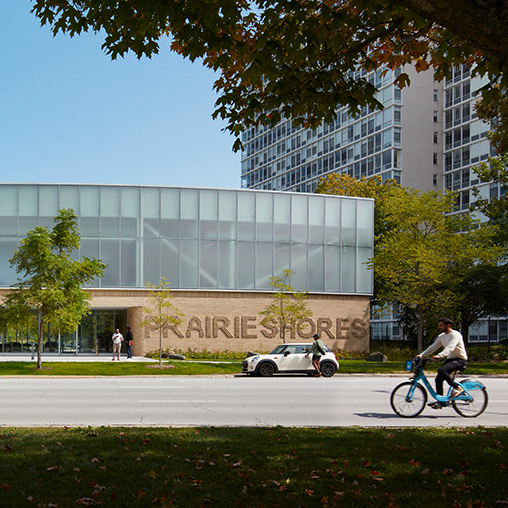
Prairie Shores Clubhouse
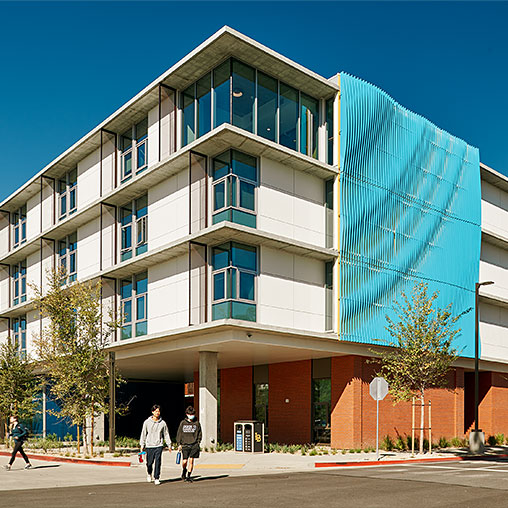
CSULB Parkside North Residence Hall and Housing Administration Building
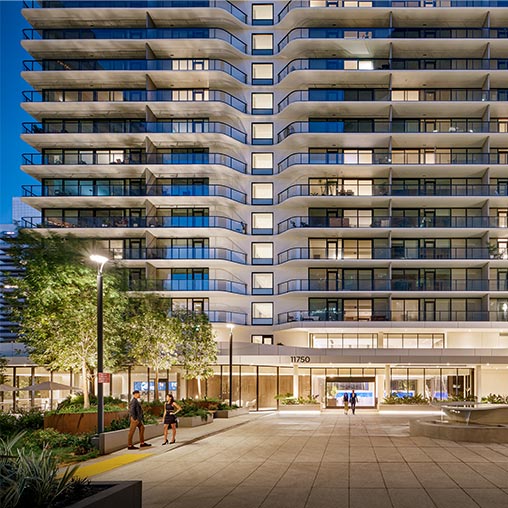
The Landmark
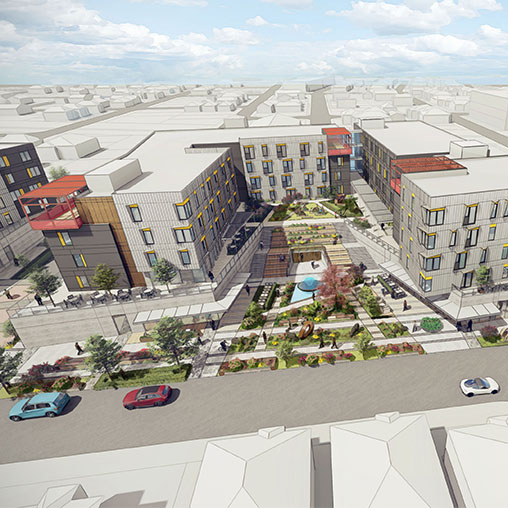
U.S.VETS Houston Third Ward
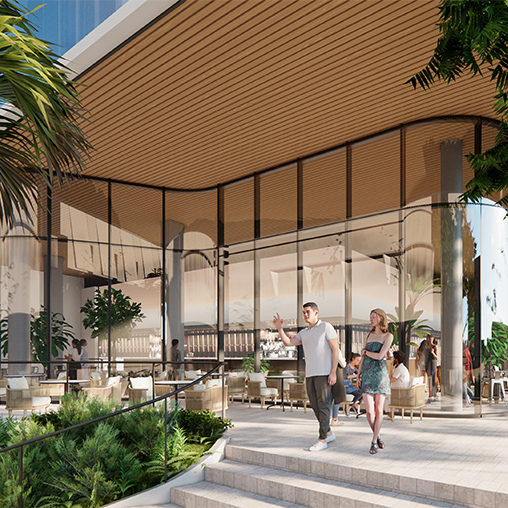
128 Southwest Seventh Street
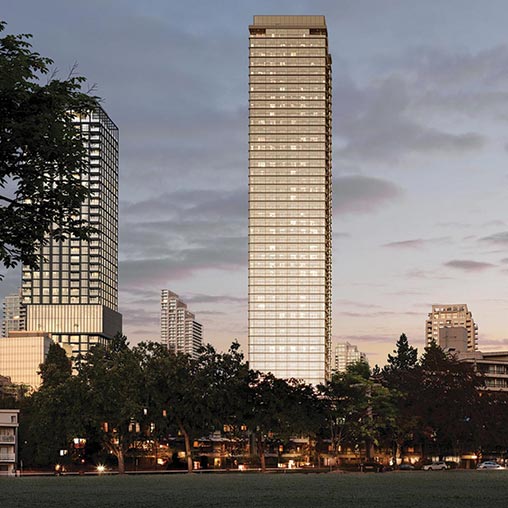
Solhouse 6035
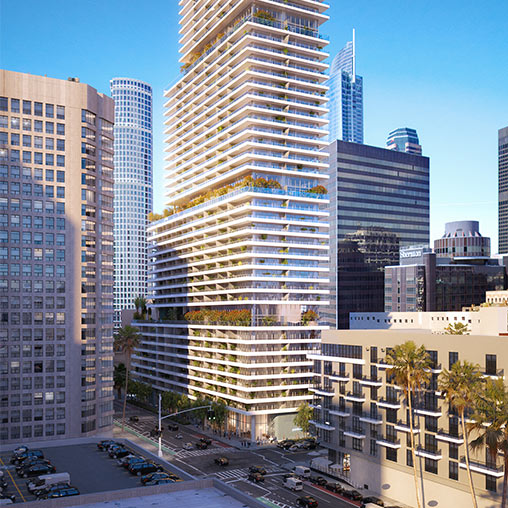
8th Grand & Hope
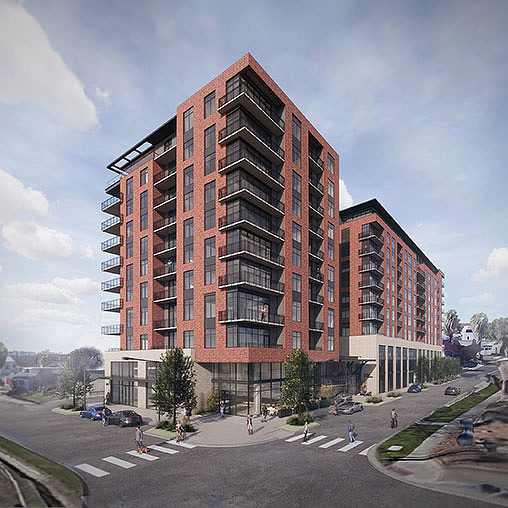
Mira
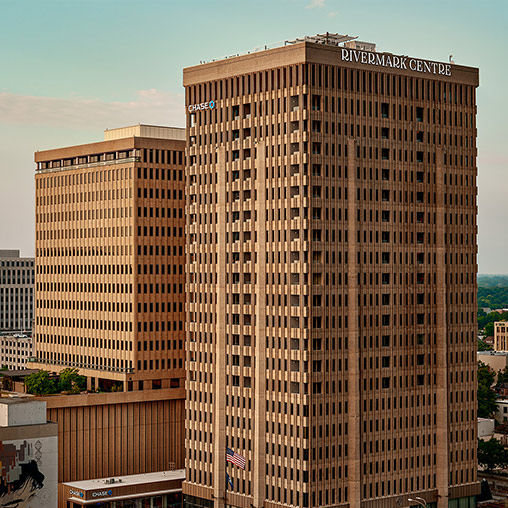
The Residences at Rivermark
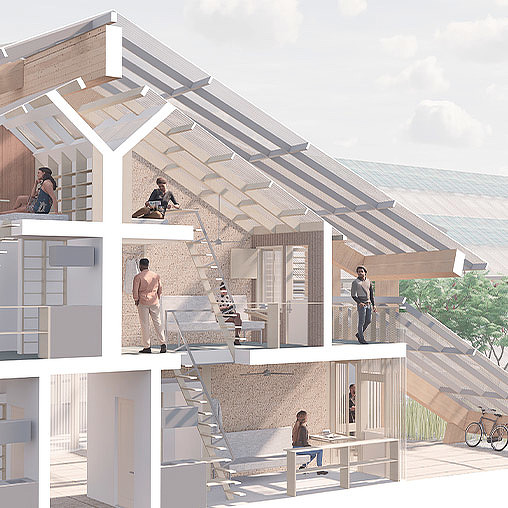
Urban Awning
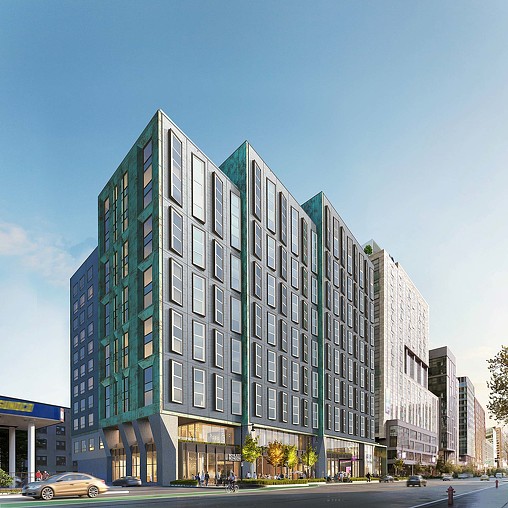
SCAPE Boylston
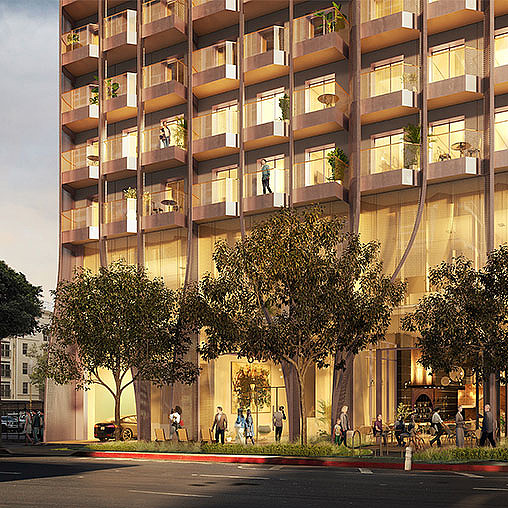
Relevant Group
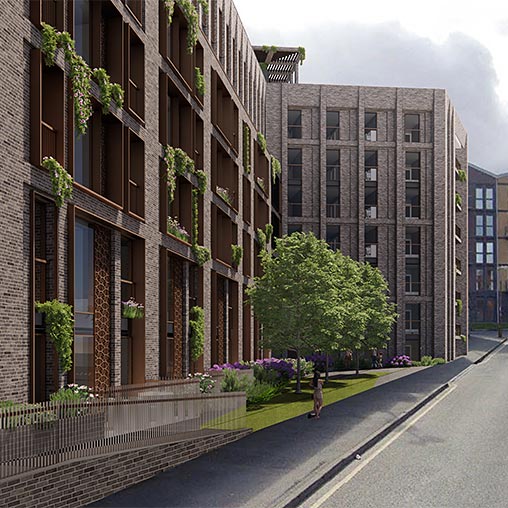
Holliday Street
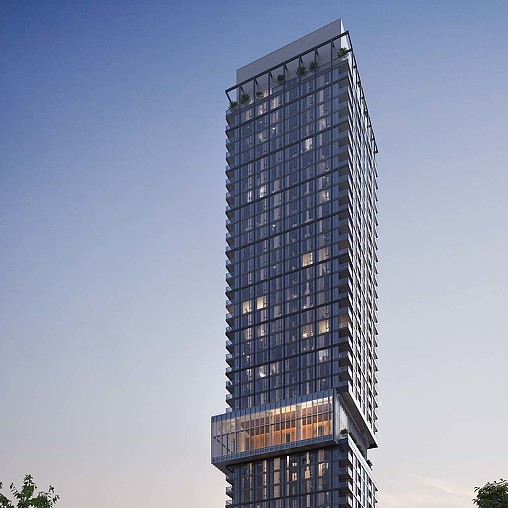
Central Park House
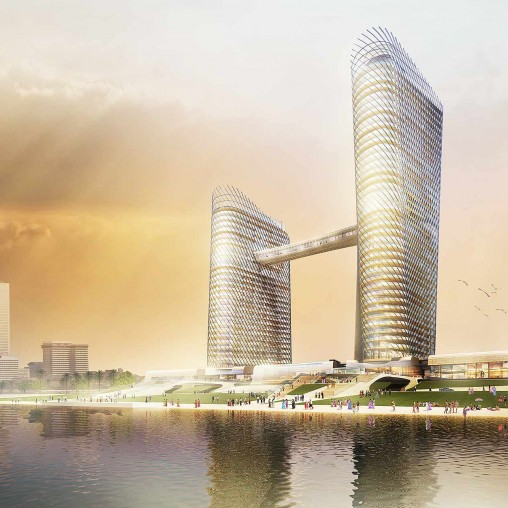
ITC Colombo One Hotel & Residences
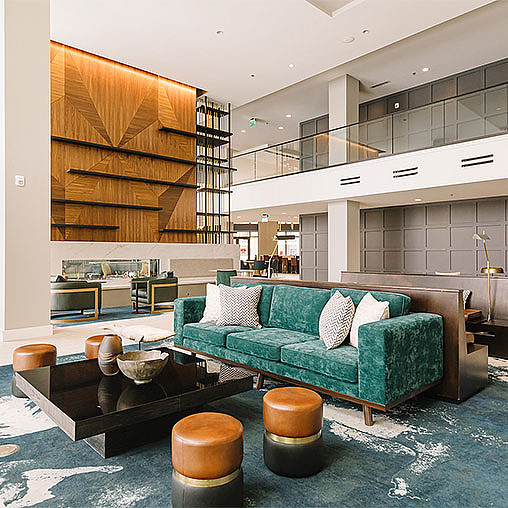
The Apex at CityPlace
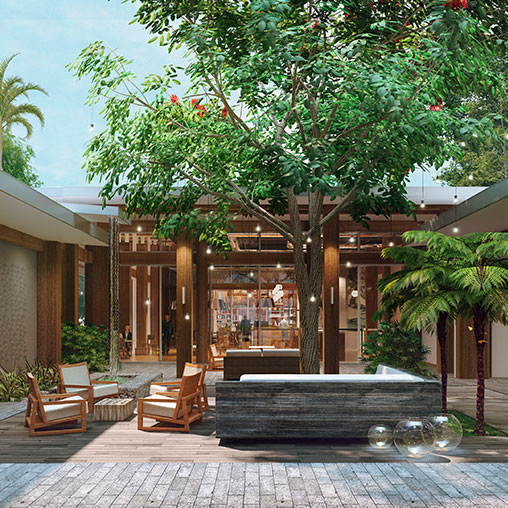
Botánika Osa Peninsula, Curio Collection by Hilton
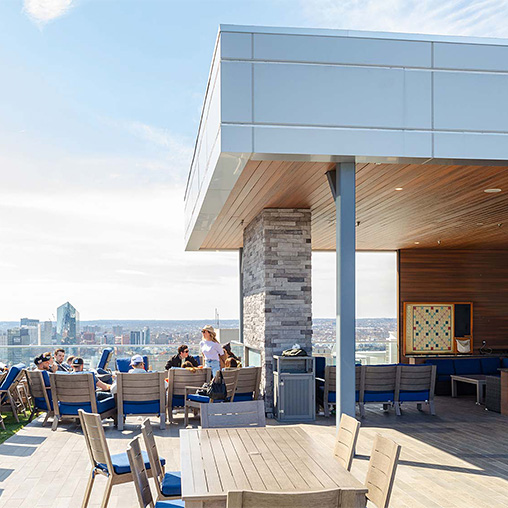
Franklin Tower
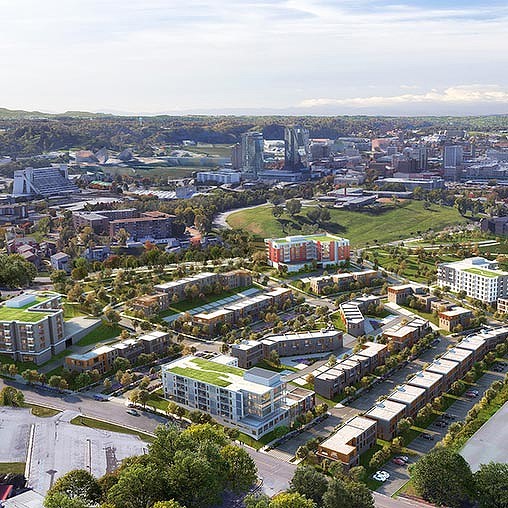
First Creek Redevelopment Plan
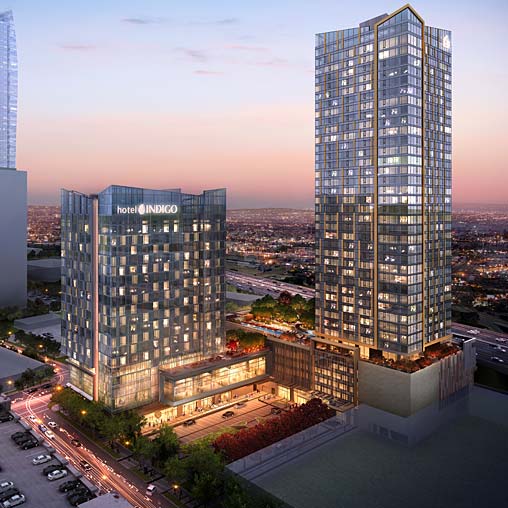
Metropolis
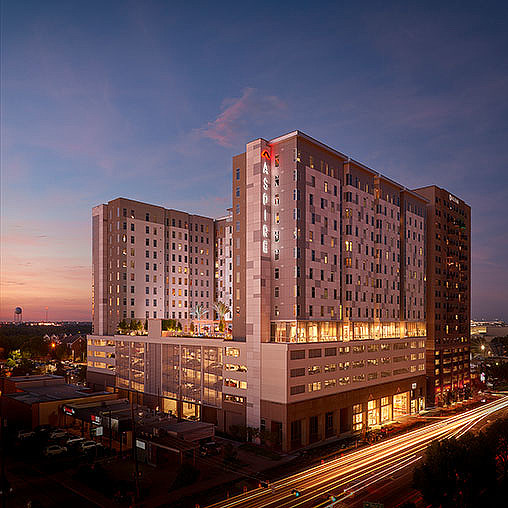
Aspire College Station
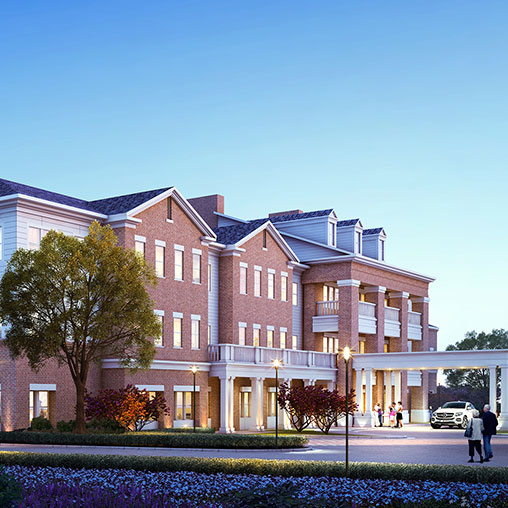
HarborChase of Prince William Commons
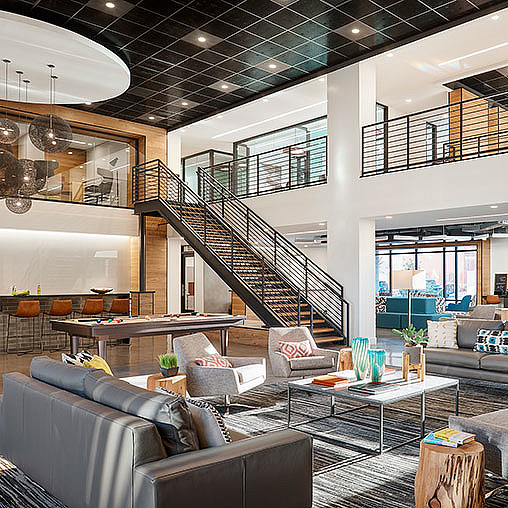
Sterling 920 Terrace Clubhouse
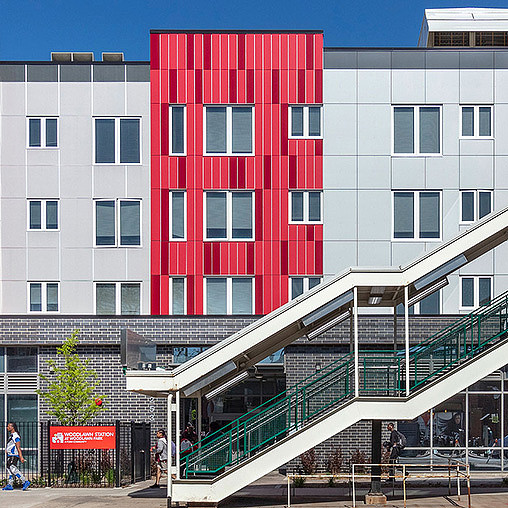
Woodlawn Station
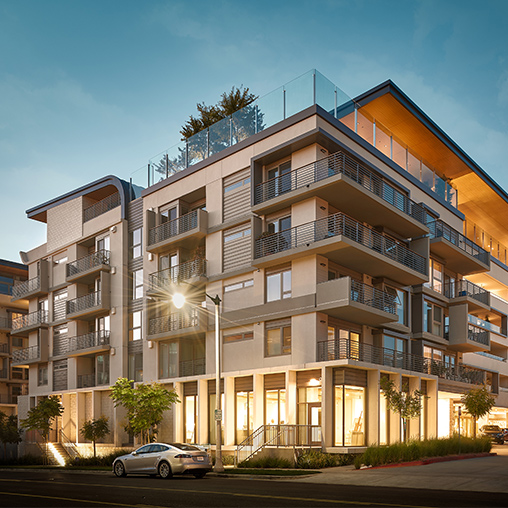
Fountainview at Gonda Westside
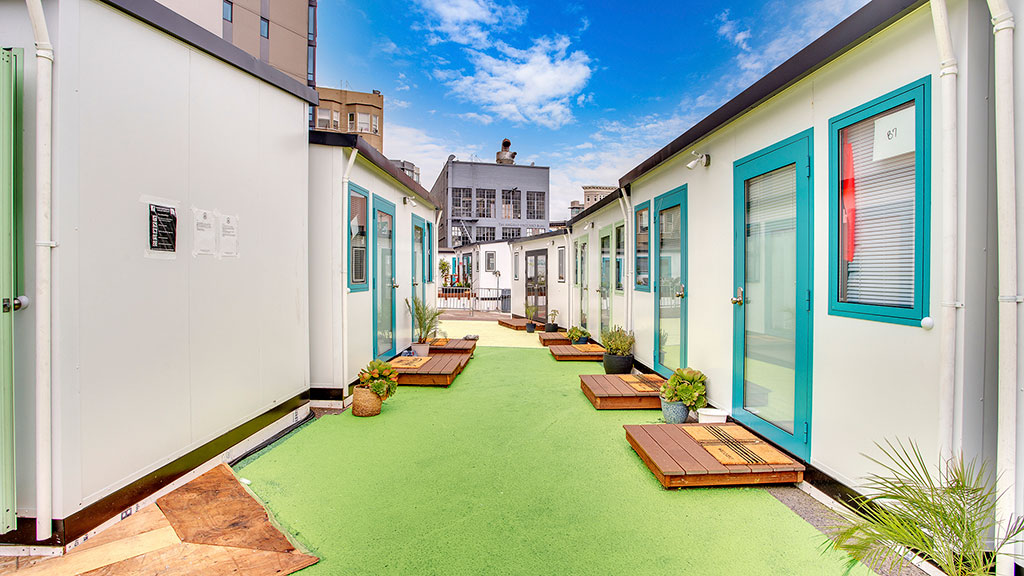
Rethinking Housing: Innovative Solutions to California’s Homelessness Crisis
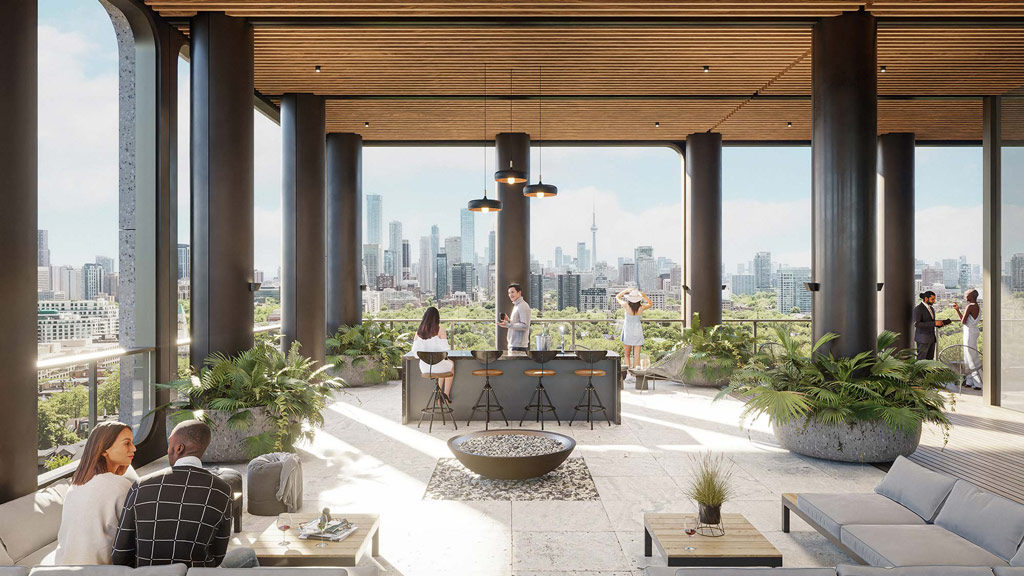
What We’ve Learned by Assessing More Than 1,000 Potential Office-to-Residential Conversions
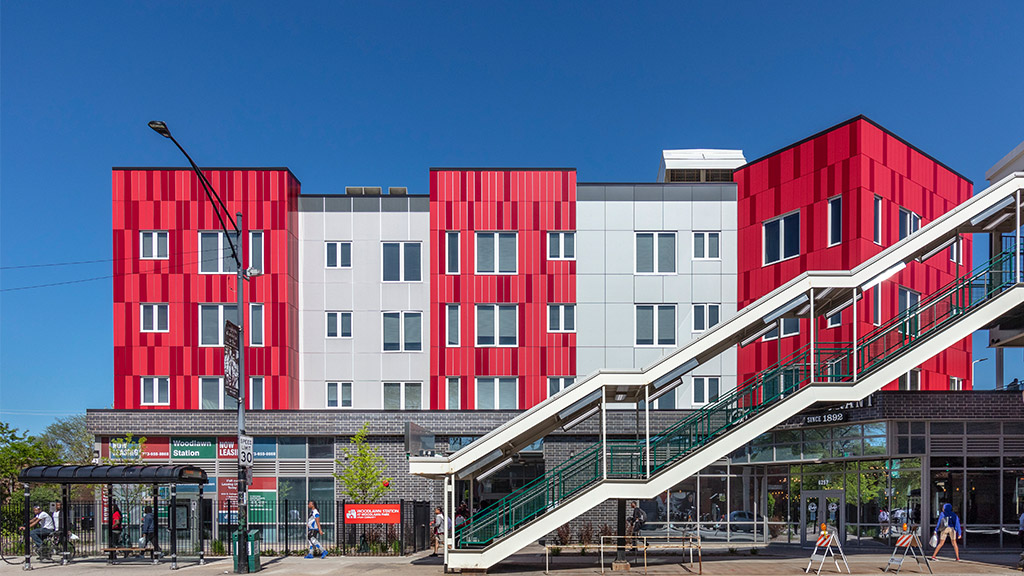
Attainable and Affordable Housing: Creating Homes for All
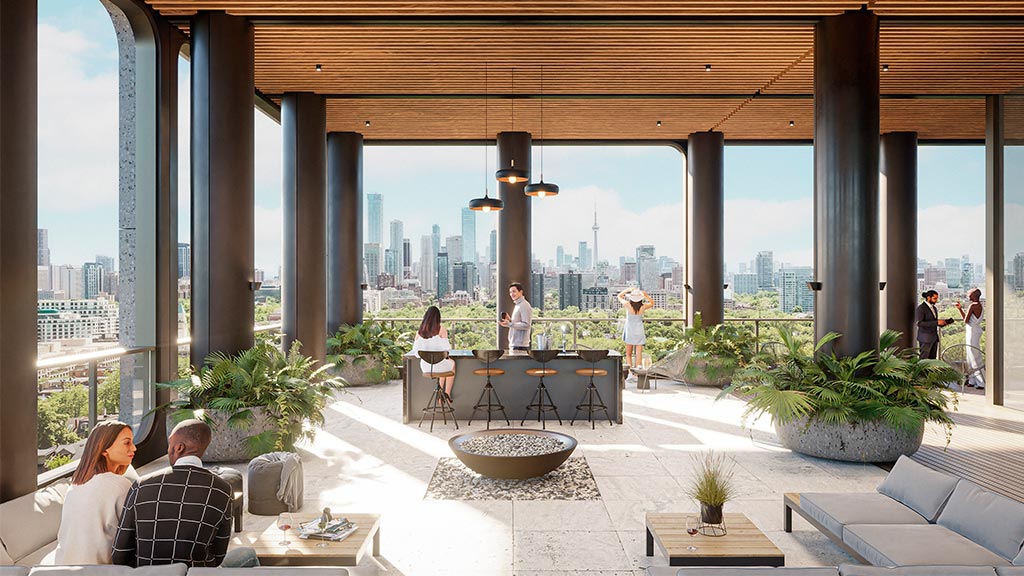
Office-to-Residential Conversions: Mandates, Myths, and Possibilities

From Pilots to Policy: Exploring Office-to-Residential Conversions in Boston

Beyond Senior Living: Designing Communities for Inclusion
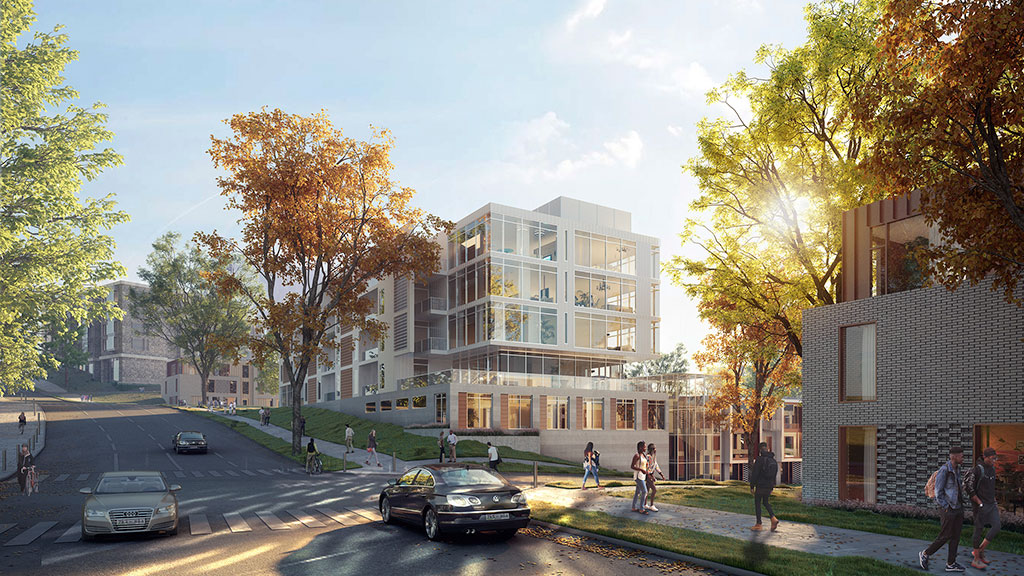
Trends to Watch: Shaping the Future of Attainable Housing
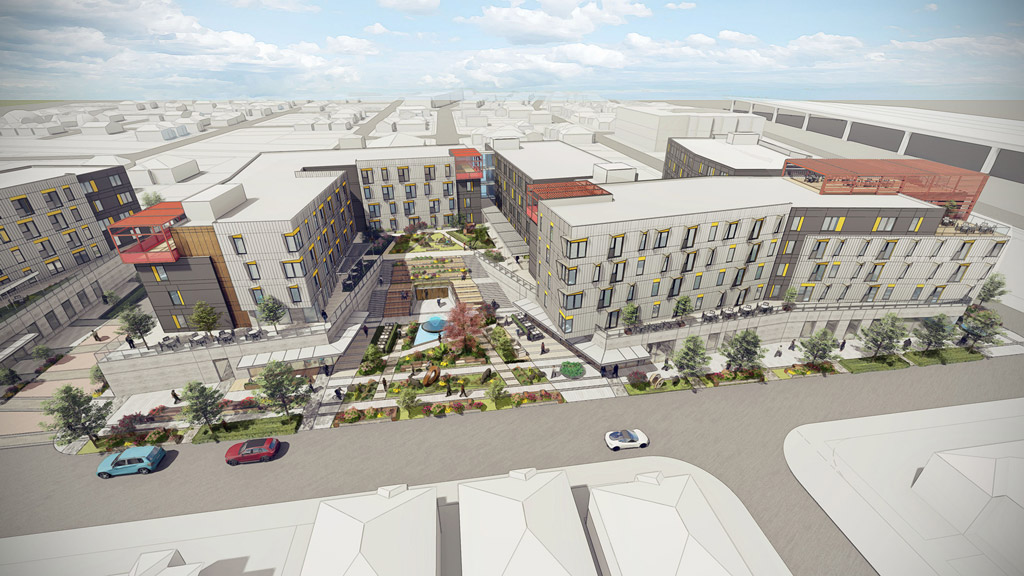
Thinking Outside the Wooden Box: An Alternate Construction Method for Resilient Affordable Housing
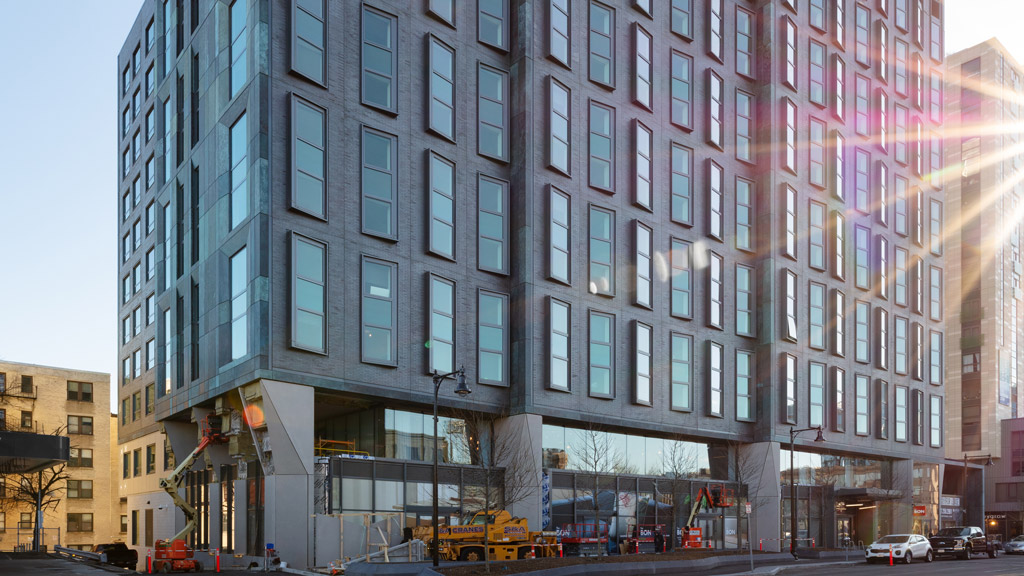
The Bon Brings A New Model for Urban Living to Boston
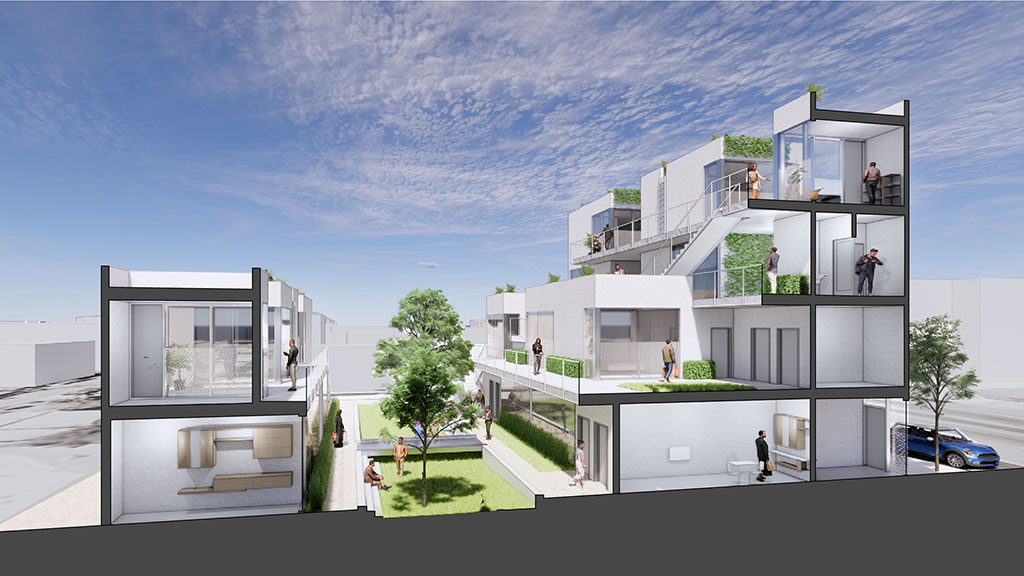
Designing Innovative Pathways to Affordable Housing in Los Angeles
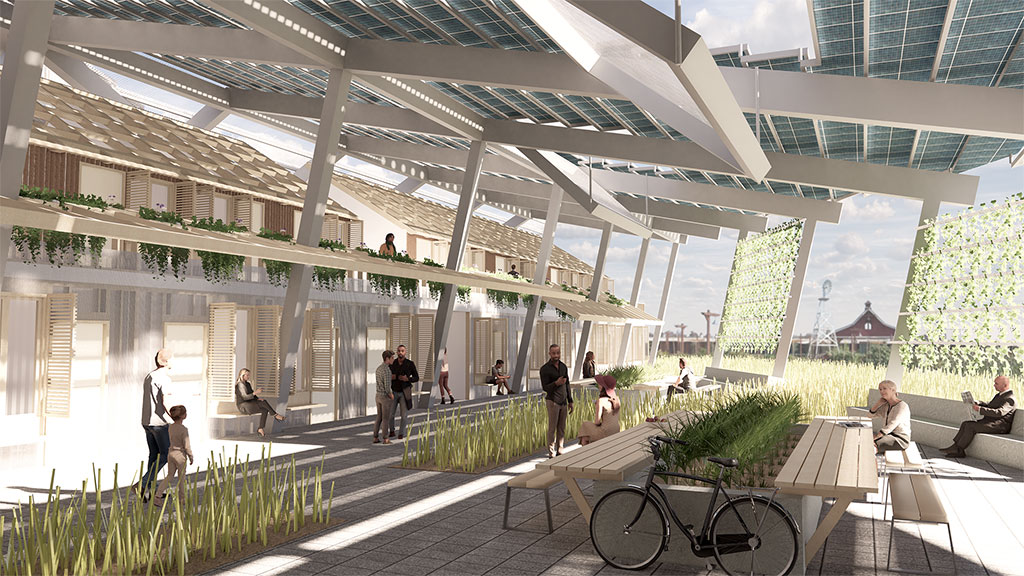
Housing Affordability and Homelessness in Los Angeles: A Conversation With Roger Sherman
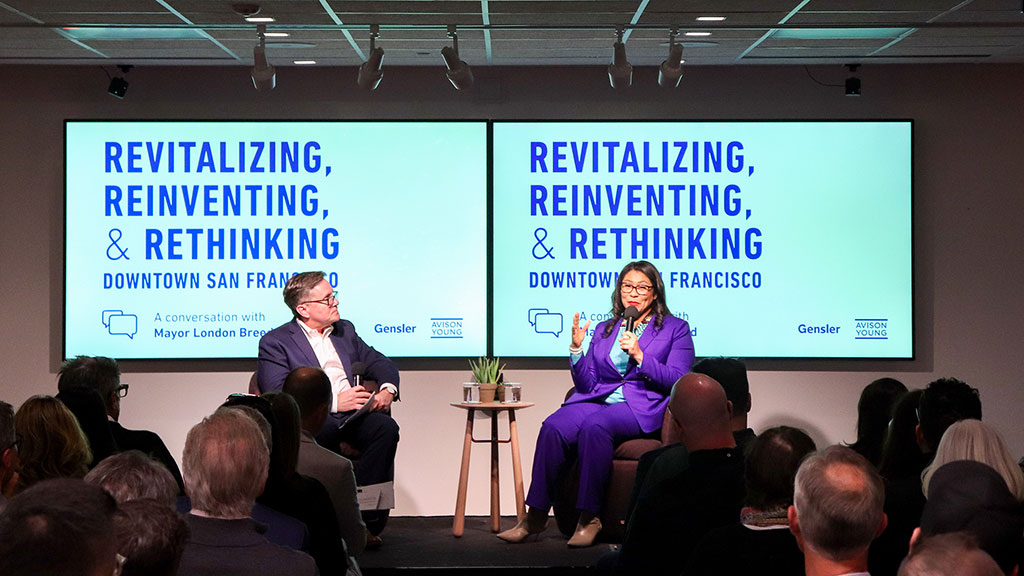
Revitalizing, Reinventing & Rethinking Downtown San Francisco: A Conversation With Mayor London Breed
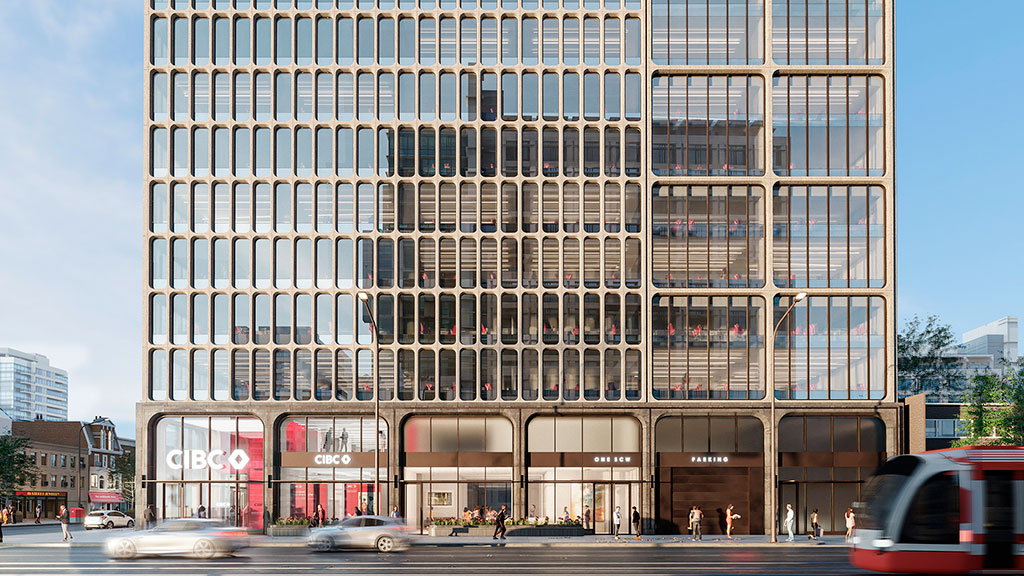
How Office-to-Residential Conversions Could Revitalize Downtown San Francisco

Debunking Three Myths About Designing for Older Adults
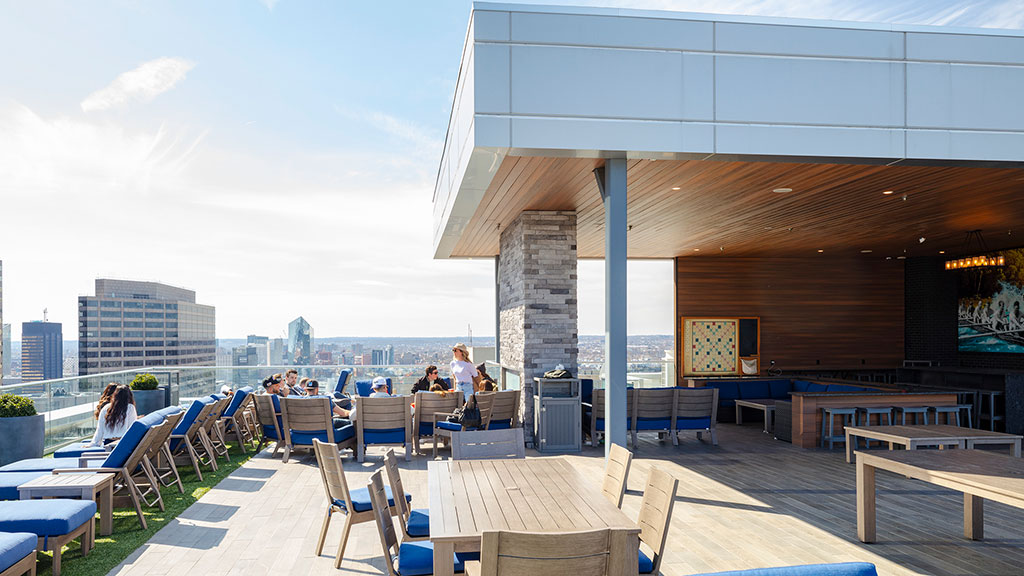
The Trends Defining What’s Next for Stranded Assets and Building Transformation
The housing crisis will demand innovative approaches to materials and techniques to make costs more attainable.
Across the globe, housing burden is on the rise, and innovation is crucial to help solve the attainable housing shortage. Standardized, modular, and prefabricated construction methods can reduce costs and increase production. Low-cost, repeatable technologies such as thin shell concrete and scalable, durable materials such as mass timber could boost housing affordability.
Multigenerational, university, and corporate housing are driving the need for more agile, flexible housing stock.
Cities with multigenerational, mixed-use communities have a competitive edge, and they must have the right mix of housing to meet diverse needs, from short-term student or corporate housing to longer-term market-rate housing to active adult communities. Flexible, reconfigurable units and agile housing management technologies can make housing stock more resilient.
Physical and mental well-being will become a critical outcome for housing design.
As lifestyles and workstyles blur, housing design should enhance residents’ mental and physical well-being. By incorporating wellness-focused principles such as access to nature, indoor air quality, and restorative spaces, homes can become platforms for well-being that can improve people’s health and increase their longevity.


Kelly Farrell

Brooks Howell
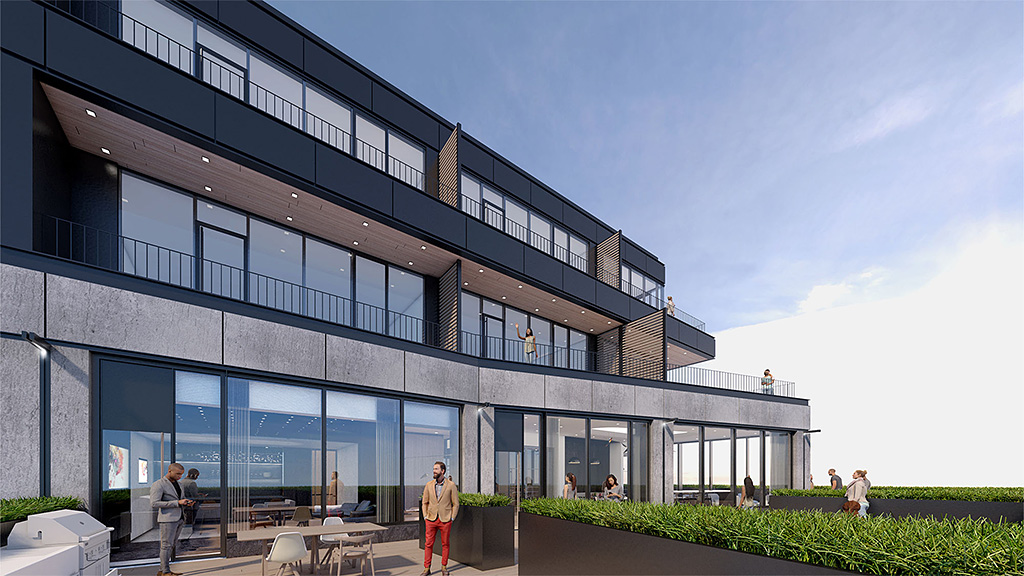
Strategies for Office-to-Residential Conversions in New York

There’s Growing Demand for Office Conversions as Cities Seek to Address Multiple Crises and Create Housing
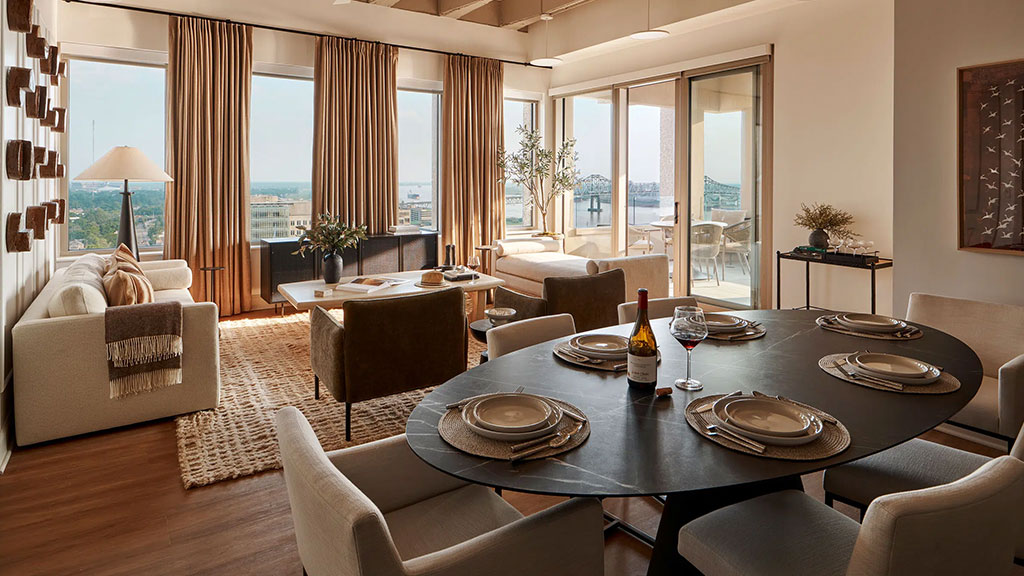
The Residences at Rivermark is a Transformative Office-to-Residential Conversion in Baton Rouge
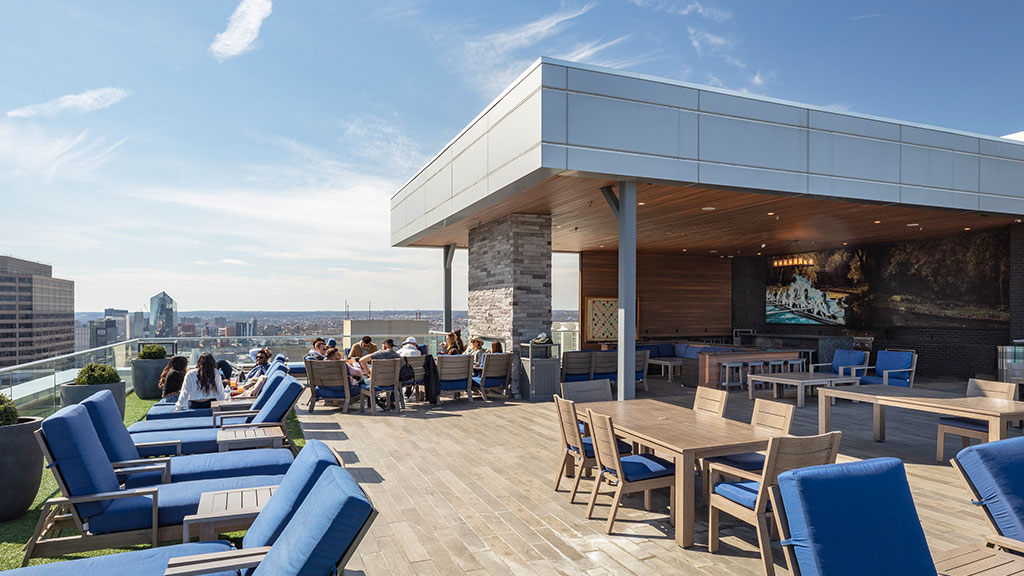
The Advantages and Challenges of Converting Vacant Offices to Housing
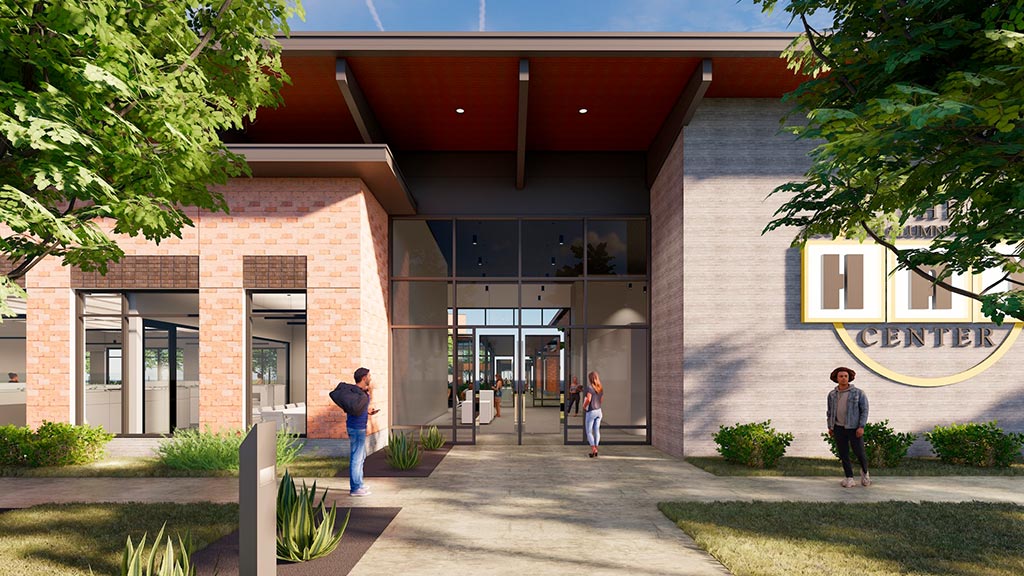
The HAY Center Will Create a College-Like Campus for Foster Youth Transiting to Adulthood
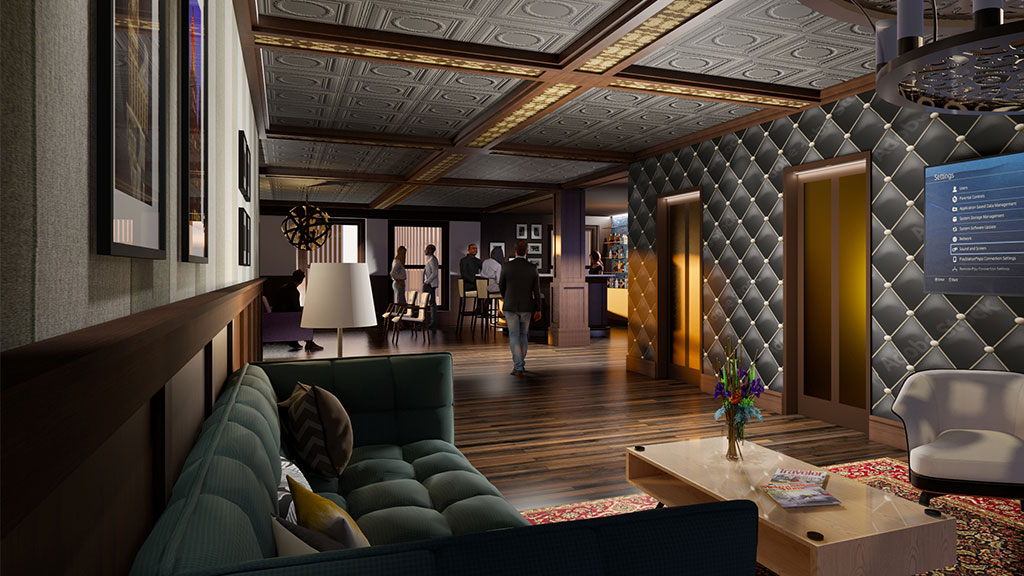
Bisnow Explores the Uptick in Houston Office Conversions and the Incentives Needed
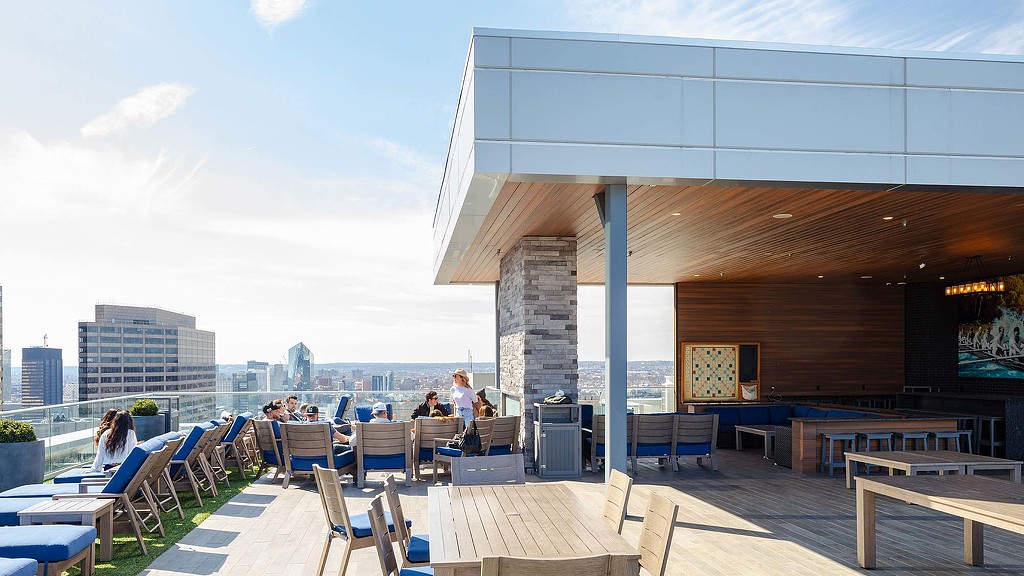
New York Times Explores the Complex “25-Story Rubik’s Cube” of Turning an Office Building Into a Home
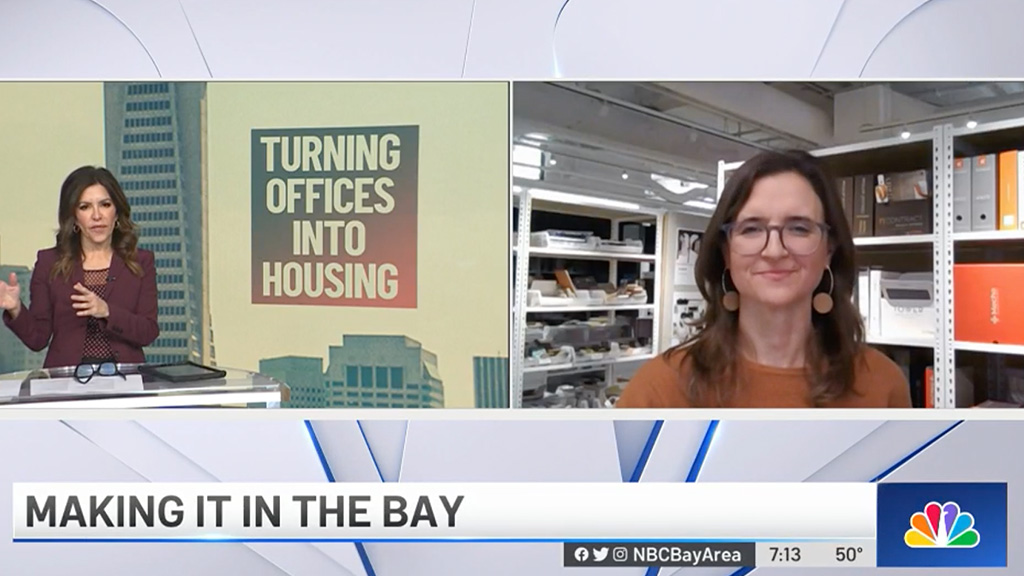
Transforming Empty San Francisco Offices Into Housing
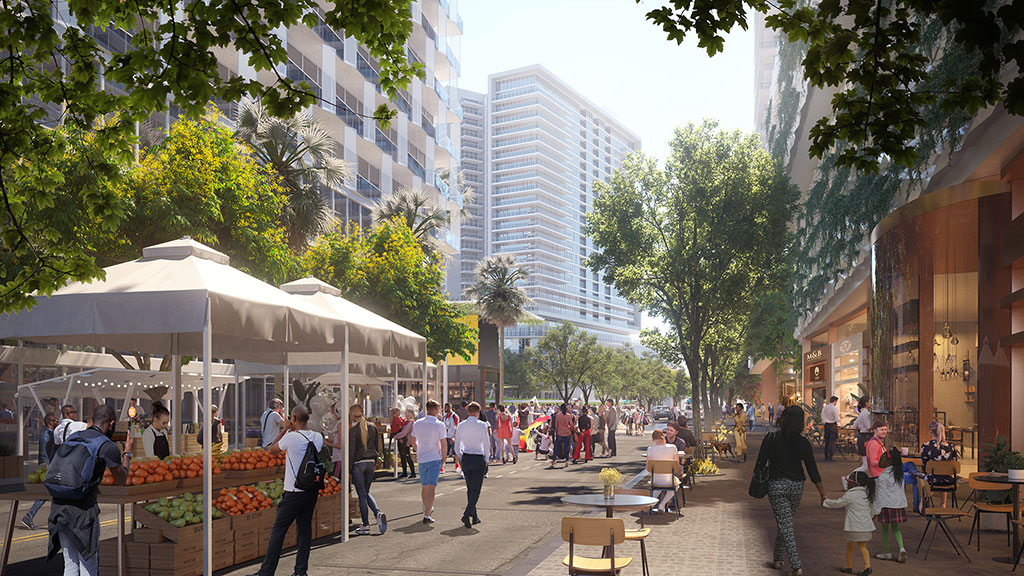
How New Residential Housing Could Revive San Francisco’s Downtown Financial District
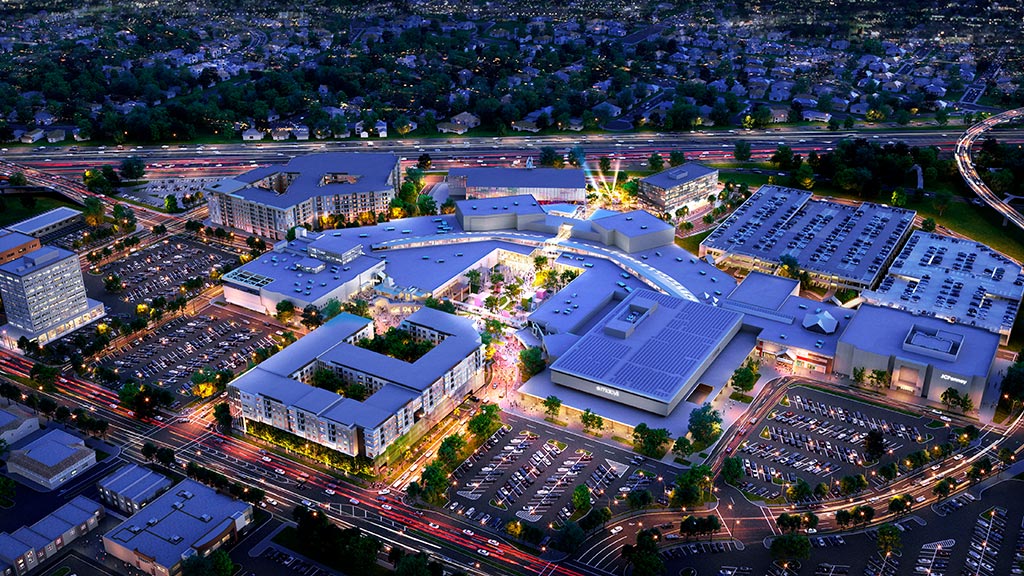
The Rising Trend of Retail-to-Residential Conversions

A Gensler Study Explores Office-to-Residential Conversions in Downtown San Francisco
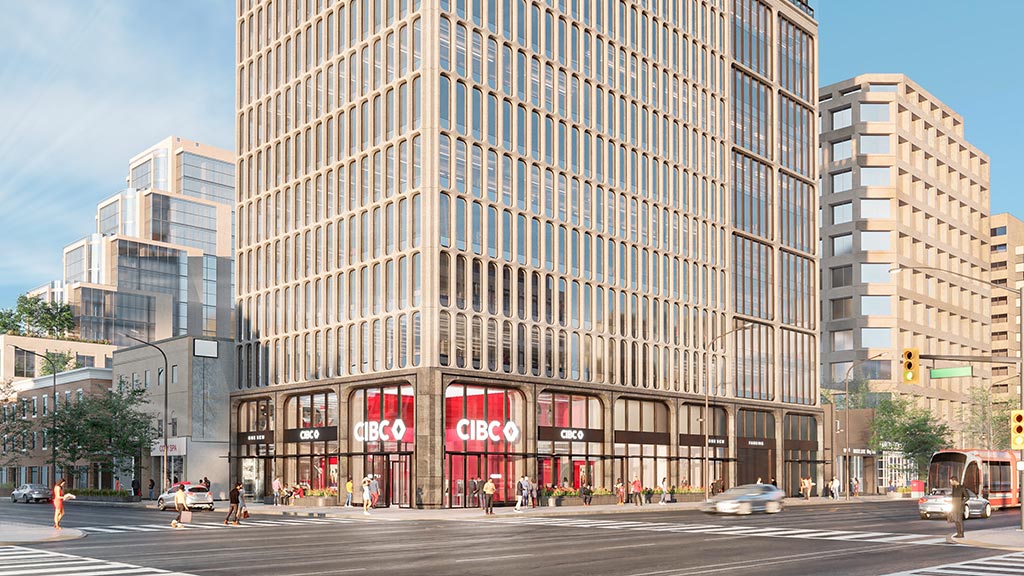
What Makes for a Successful Office-to-Residential Conversion

How Downtown Office Conversions Can Turn a ‘Defunct Product’ Into New Urban Housing
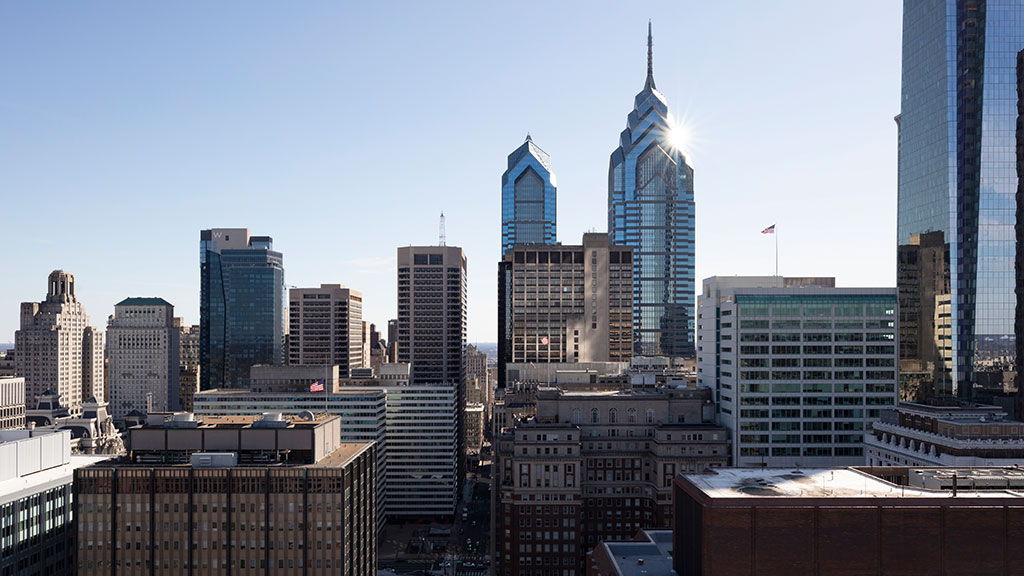
How Steven Paynter’s Algorithm ‘Could Solve the Crisis of America’s Empty Office Space’
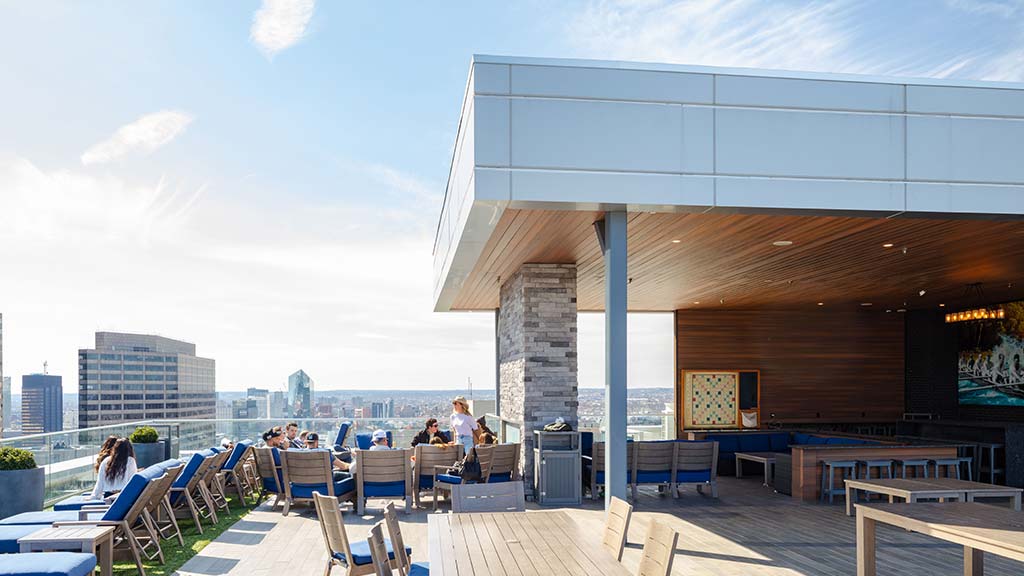
How to Make Office-to-Residential Conversions Work
